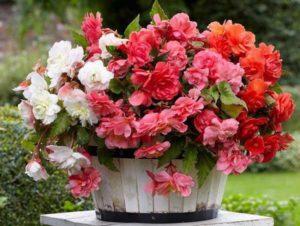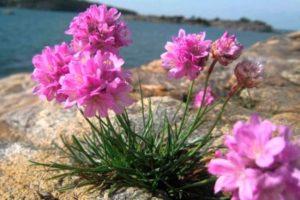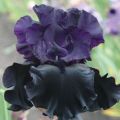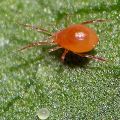Calendula varieties with description, cultivation and propagation methods
Calendula is widely used by humans. Many medicines and traditional medicine are made from it, used in cosmetology and cooking. Also, this bright flower is often involved in decorating flower beds, lawns, borders and balconies. There are about 20 varieties of calendula, while only 2 types are used in floriculture.
Description of the plant
Calendula or marigold is a perennial plant with yellow or orange flowers that has a characteristic balsamic aroma. In Latin, its name sounds like Calendula, which means "small calendar" or "little clock". This is no accident, because the flowers of a plant always close and bloom at the same time of day.
Marigolds bloom from June to mid-autumn. Most often they are found on personal plots and in horticultural farms, it is extremely rare to see them as weeds.
Advantages and disadvantages
Calendula has many benefits. Among them, the most basic ones can be distinguished:
- available seeds;
- simple cultivation;
- unpretentiousness to conditions;
- widely used in various industries;
- a large number of varieties.
The disadvantages of this plant are difficult to find, since there are practically none. Still, the disadvantages include the fact that calendula is contraindicated for pregnant women.
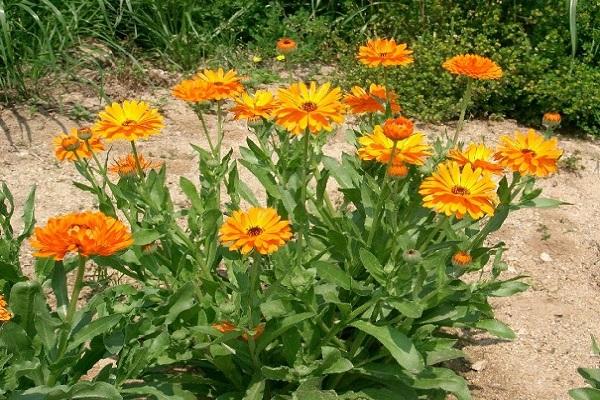
Varietal variety of calendula
There are quite a few varieties of calendula, while initially there were only 2 of them - field and medicinal, and the rest of the species were bred by breeders. All varieties of calendula are divided into undersized, medium-sized and tall varieties.
Field
The homeland of the field marigolds is southern Europe. The inflorescences of this species are small. They have an ocher yellow hue. They grow from 10 to 30 centimeters.
Medicinal
Medicinal calendula is the most common. It is an annual plant that, like the field calendula, is the ancestor of other varieties.
Radio
A large-flowered variety with an inflorescence of 8-12 cm in diameter. The stem reaches 50 cm in height. Inflorescences are bright orange in color with a pleasant aroma. Flowering occurs from August to September.
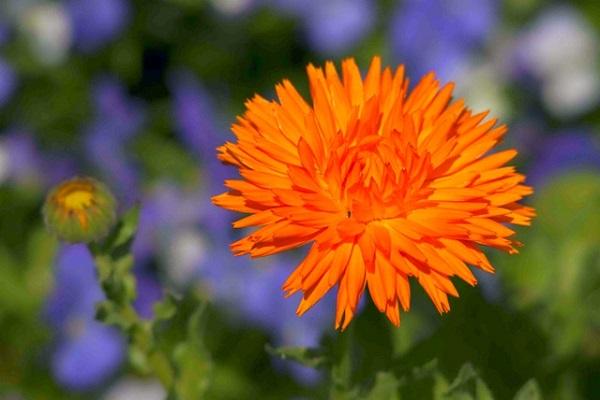
Juwel
A branchy bush with light green foliage, the height of which is 40-50 cm. Flowers with a diameter of 5-8 cm, semi-double, orange.
Bonbon
This variety is slightly lower than the previous one, about 30 cm tall. He has flowers in the form of a thick terry cap with a diameter of 8 cm.The color can be yellow or orange.
Indian prince
The Indian Prince variety has a high stem, up to 75 cm, and flowers 9 cm in diameter. Flowers of the variety are bronze-orange. They have a dark center with burgundy strokes along the edges of the petals. Often these flowers are used to decorate flower beds and flower beds.
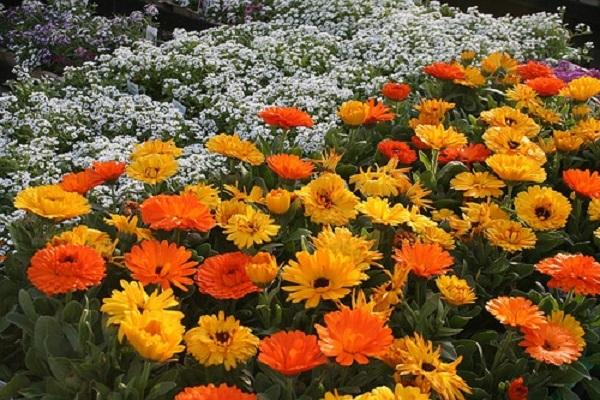
Features of growing crops
Growing marigolds is not difficult. They reproduce by seed, which can be purchased or harvested from other members of this crop.
Landing dates
The best timing for planting marigolds is early spring or before winter. Gardeners in each region independently decide when it is best to do this.
Spring planting should occur when the snow completely melts and the soil thaws at least 10 cm. And in the fall, calendula is sown in the interval between frost and freezing of the earth.
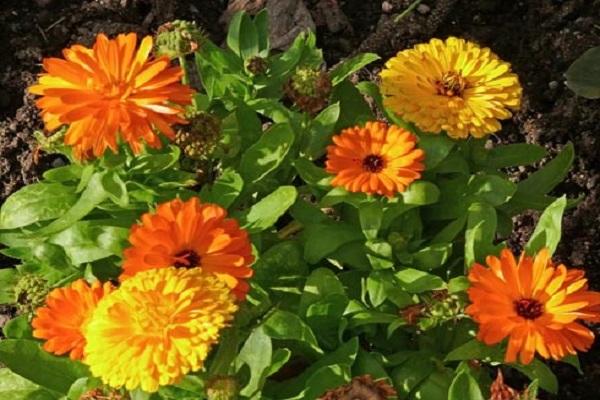
Preparation of planting material
At the end of March, calendula seeds should be planted without any treatment in separate peat cups. From above, everything is covered with earth by 2 cm and sprayed with warm water. Then they are covered with foil. Keep the cups in a dark place where the air temperature is 18-20 degrees.
A week later, the first shoots will appear, the film is removed and the cups are moved to a place where the temperature will be a maximum of +15. Seedlings should be kept in diffused light and shed as needed. When the plants have 2 leaves, they can be dived. And planted in the ground when they already have 5-6 leaves. 2 days before planting, the plants are hardened, leaving them outside for the whole day.
It is also possible to sow directly into open soil, since the calendula is a frost-resistant plant. In this case, growing through seedlings significantly accelerates the appearance of the first flowers.
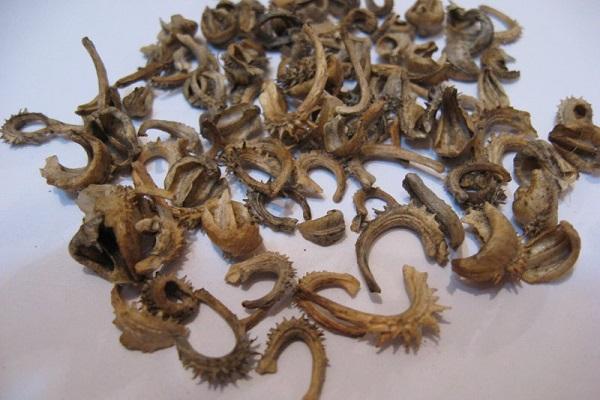
Site selection and preparation
An ideal spot for marigold flowers is an open, sunny spot with moist, loose soil. For 10-15 days, the site is dug up, humus and mineral fertilizers are applied, it can be potassium chloride, urea or superphosphate.
Planting process
To sow seeds, the soil should be leveled with a rake and grooves 2 cm deep. A distance of 30-40 cm is observed between the rows. Sow the seeds and cover the grooves with earth.
When planting seedlings of ornamental species, the distance between the plants is 25-30 cm, and the row spacing should be at least 60 cm. When planting medicinal varieties, the distance between the seedlings is 7-10 cm and 30-40 cm between the rows.
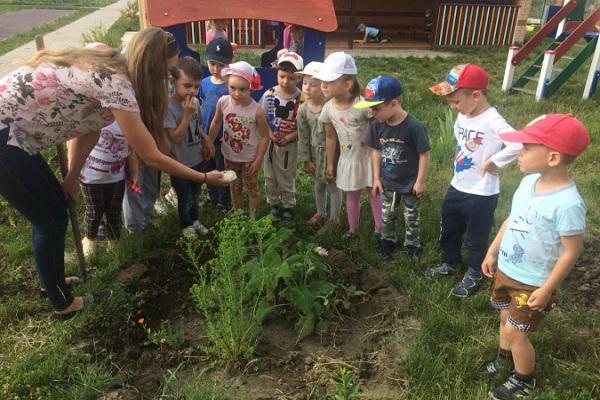
The subtleties of flower care
Marigold care does not require any special processes. Standard maintenance procedures such as weeding, loosening, watering, and fertilizing are sufficient.
Watering
Calendula loves water, so irrigate it regularly. After planting seedlings in open ground, watering is carried out 3-4 times a week. While already an adult plant needs additional moisture only during periods of drought. If it has not rained for a long time, then water the marigolds 2 times a week.
Fertilizing and feeding
Top dressing is carried out at least once a month. To do this, use ammophoska or nitrophosphate.
Important! It is necessary to adhere to the instructions for use on the packaging of fertilizers, if more quantities are used than indicated, diseases may appear.
Fertilizers are applied at planting in the form of humus. If the soil is poor in nutrients, a phosphorus-potassium mixture is added to the humus.
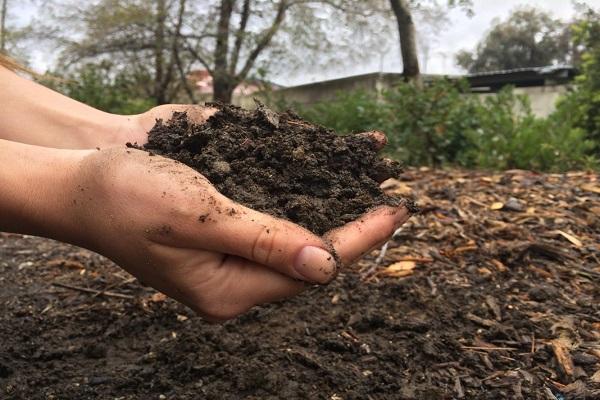
The soil
Marigolds grow and develop better in loose, moderately moist soil. To check if the soil is loose enough, you need to take the lump in your hands and throw it up. If at the same time the soil crumbles, it is rather loose.
Wintering
Calendula is not a perennial plant, so after the flowers have finished blooming, the bushes are dug up and removed from the site.
Pruning
The flowers of the marigold are pruned so that more new inflorescences appear. This should be done regularly when they start to fade. If it is a medicinal calendula, then the flowers are cut when fully expanded.
Peduncles are also cut off, but this happens later, closer to the end of summer and early autumn.

Pests and diseases
The most common plant diseases are black spot and powdery mildew. With black spot, black and brown spots appear on the leaves, and with powdery mildew, a white bloom forms.
To avoid illness, you need:
- thin out plantations in time;
- remove weeds;
- fertilize plants correctly;
- dig up the site in the autumn;
- remove already affected plants from the site, preferably with roots.
Of the pests on calendula, only aphids can live. But sometimes this is also a plus, because if there is a calendula on the site, then all the existing aphids will gather on it, and it will be easy to destroy it with the help of one of these drugs: "Actellik", "Akarin", "Antitlin", "Biotlin" or " Karbofos ".

Reproduction of calendula
The plant propagates with the help of seeds. They are quite large and have a shape similar to the letter "C". Seeds are harvested when the inflorescences begin to wilt. In order to prevent self-seeding, which often happens if the seeds are not collected in time, a bag of gauze is put on a flower that has not yet wilted. Its edges are tied to the stem of the plant.
After collection, they are dried in a ventilated, dark place and winnowed. Store in cloth bags until sowing.
Application in landscape design
In landscape design, calendula flowers are in perfect harmony with warm red, orange and yellow shades. Also with cool ones: blue and purple. For neutral shades, white and cream are perfect.
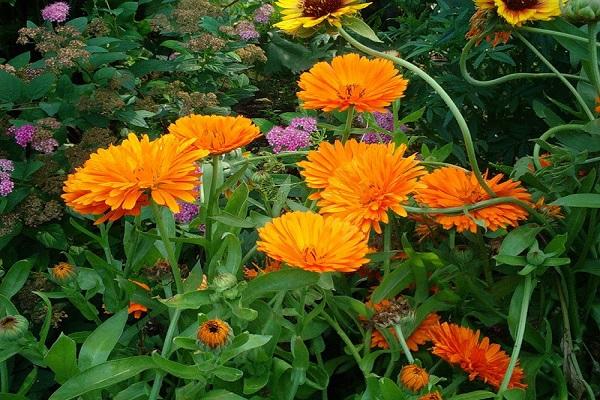
Marigolds look good on border compositions, for them stunted plants are often used. They are also used as an accent in a vegetable or pharmaceutical garden. Flower beds are also collected exclusively from calendula flowers of different varieties with different shades.
Calendula will decorate any area, both independently and in combination with other plants. At the same time, marigolds are not just a beautiful flower, but also useful. In addition to medicinal properties, it repels pests from the site, thereby helping other plants.
